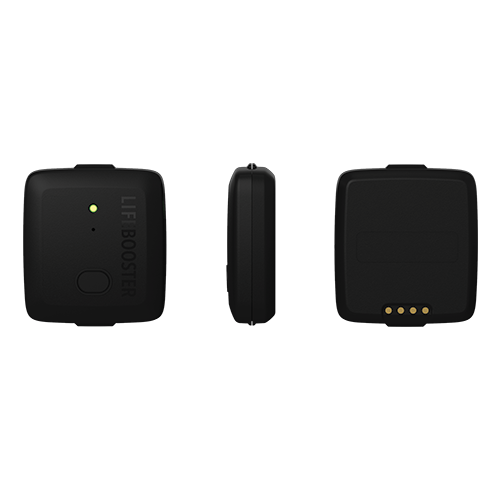
Applied Ergonomics Society Conference (AES) 2023
LifeBooster invites you to meet our team in New Orleans, March 27-30, where we will be speaking and exhibiting at this year’s Applied Ergonomics Society Conference (AES). Speak with our team to learn how LifeBooster’s SENZTM Risk Analytics Platform and Customer Success Program can prevent workplace MSD injuries and increase the resources available to your health and safety teams.
Exhibition Location
Hyatt Regency
601 Loyola Ave, New Orleans, LA – View Floor Map
Booth Location: 215
Exhibition Hours
Monday, March 27: 5:00 – 7:30 PM
Tuesday, March 28: 10:45 AM – 5:00 PM
Wednesday, March 29: 10:45 AM – 2:00 PM
Speaking Session
Title: How to Elevate your Ergonomics Program Through Multi-Point Wearable Technology
Speakers:
Will Thomas, MSc – Lead Ergonomist & Program Lead – LifeBooster
Jacob Johnson, AT, ATC, and Ergonomic Consultant – ATI Worksite Solutions
Date & Time: Tuesday March 28 4:00 pm – 4:30 pm (30 mins)
Location: Strand Room 10
One of the major challenges ergonomic and safety practitioners face is the scale at which they support their organizations and the burden of time, resources, and expertise required to conduct risk assessments to understand and combat ergonomic risks. Consequently, health & safety practitioners struggle to allocate time to risk control identification and implementation; and even when they are focused on risk mitigation, they are often challenged to use their manually collected data to inform impactful risk mitigation strategies. Multi-Point Wearable technologies provide an easy-to-use solution for automating and digitizing the risk assessment process to eliminate the burden of work on assessors and free up time to focus on risk controls and proactive risk elimination. This shift in time and focus from manual data collection to risk mitigation enables practitioners to take action against ergonomic risks—leveraging their new risk analytics to prioritize risk controls, implement solutions, and validate risk reduction after controls are implemented.



In this presentation, we explore a case study for how Multi-Point Wearables can be implemented in collaboration with an onsite injury prevention provider to elevate an organization’s ergonomics program. We will discuss some of the challenges impairing the effectiveness of current ergonomic programs, with a focus on the utility industry. We will then outline the key benefits of deploying and sustaining a wearables program, and finally, we will explore how the advanced risk analytics from these wearable technologies can be leveraged to support key risk management decisions, including change management, tool & equipment selection, job coaching, and proactive risk elimination. We will discuss specific industry examples of utilizing data collected from multi-point wearables to inform the risk mitigation activities led by an onsite service provider working with a utilities-based customer.
Exhibitor Speaking Session
Title: Unlock Risk Mitigation Through Automated Ergonomic Risk Assessments
Speaker: Will Thomas, MSc – Lead Ergonomist & Program Lead – LifeBooster
Date & Time: Tuesday, March 28: 1:40 – 2:00 pm (20 minutes)
Location: Exhibition Floor, Presentation Station Area
The true power of the data insights gained from ergonomic risk assessments is in the ability to inform and prioritize risk controls to help mitigate risk and protect workers.
This session will cover:
- How a comprehensive risk assessment process helps guide practitioners to the most impactful risk controls and enables the adoption of a continuous improvement approach.
- How emerging technologies can help unlock risk mitigation by automating the data collection and risk assessment process to enable practitioners to shift their focus further down the risk management cycle to risk control prioritization and implementation
- The historic challenges of collecting ergonomic data at scale
- How multi-point wearables, coupled with a risk analytics platform, enables the automation and digitization of data collection
